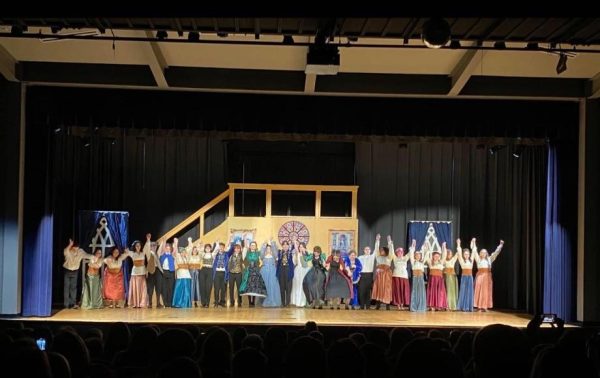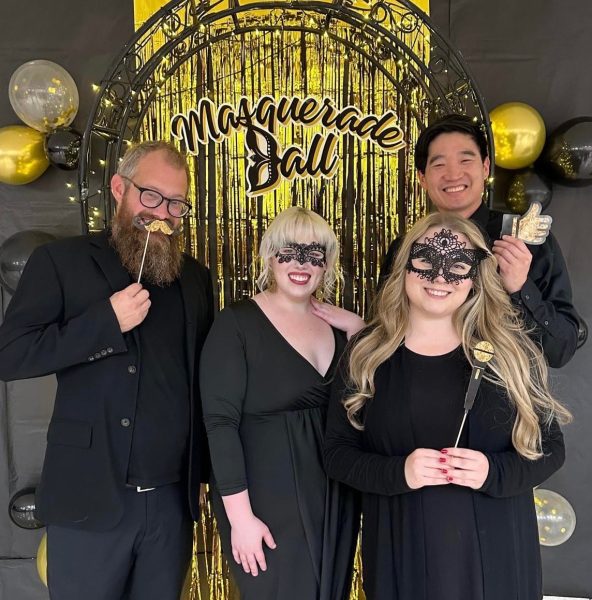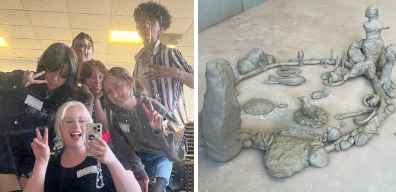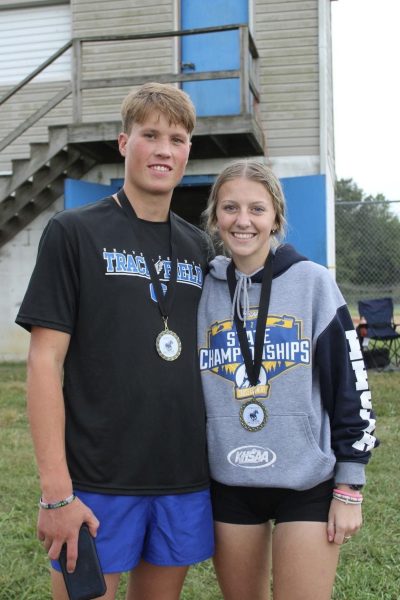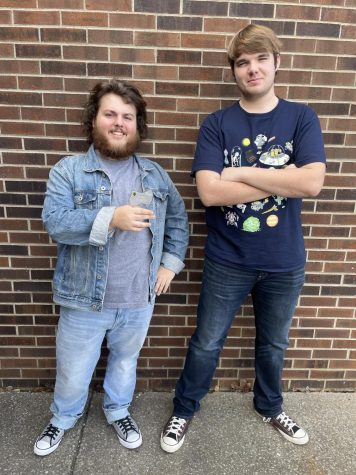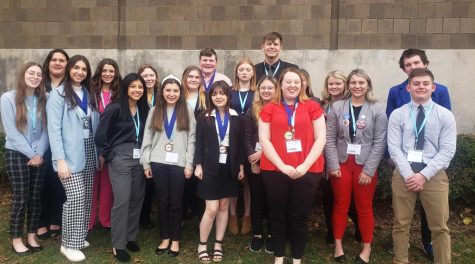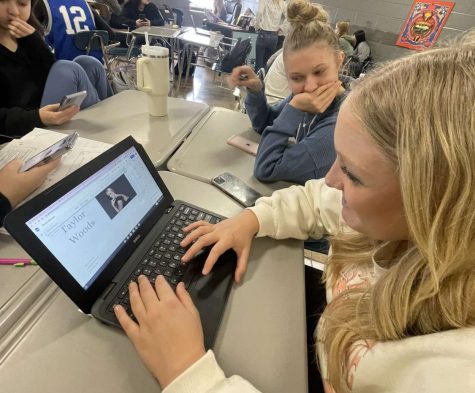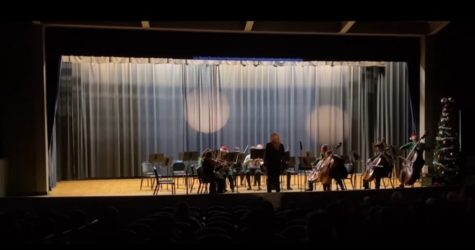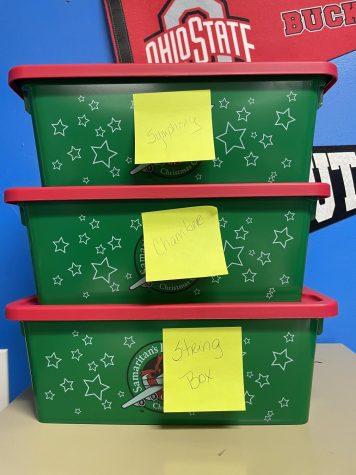Halloween or Hallows Eve?
On October 31, it’s a typical American tradition to dress up and go trick-or-treating. But how is it that these customs came about? Why do people dress up like superheroes and go around knocking on peoples’ doors asking for candy? What is the reasoning behind putting tombstones and carved pumpkins in the front yard? When did Halloween become Halloween?
Dating all the way back to ancient times, the Celtic people had a festival called Samhain. The Celtic people had four major seasons in their calendar.On todays calendar it would be correspondent to November 1. The festival marked the beginning of winter, and was the most important holiday of the year. It was the time that livestock was moved to closer pastures and secured for winter, and the crops were harvested and stored.
During the Samhain, the Celtics believed that the spirits of the dead were able to interact with the living. People would gather and sacrifice other living things, like animals, fruits and vegetables. Bonfires were also lit to honor the dead, and to help them on their journey to the otherworld, as well as keep them away from the living.
During the 600s, Christians wanted to rid the Celtic people of the “pagan” holiday. Many of the people were converted to Christianity and practiced an elaborate religion. In 601, Pope Gregory I said that the religious holiday of All Saints day would be on November 1. All Saints day was made to honor all Christian saints, especially those without a feast day. The holiday was made to substitute for the Celtic festival of Samhain. Anyone who was caught practicing the Celtic day of Samhain, instead of the Catholic holiday, were branded as witches and went into hiding.
All Saints day, also known as All Hallows, carried on traditions of Samhain. The night before was known as All Hallows Eve, and was the most intense of all days. As people continued to celebrate the dead, the supernatural became evil. People set out gifts of food and drink, thinking the spirits would take them. All Hallows Eve became Hallow Evening, then became Hallowe’en.
Supernatural creatures began being associated with All Hallows Eve. Many people would write stories, such as the ballad “Allison Gross”, which tells the story of a fairy saving a man from a witches spell on Halloween. Superstitions begin to develop about the day of Halloween and people began celebrating in different ways. In England, cakes were made for the wondering souls, and people went around “soulin” for soul cakes.
There are many different customs and traditions on October 31. And most can be traced back to the Celtic people. Costumes were wore when people wanted to go out like the dreadful souls roaming around like fairies, witches or demons. These people would trade food and drink for different antics and so the idea of mumming came around, which later evolved into trick-or-treating.
Traditions today like carving pumpkins and bobbing for apples also can be related to the old festival of Samhain. Many of the traditional foods that might be seen at a Halloween party, like cider, was also used during the festival.
Halloween is a tradition that has been around for literally ages. Whether it be celebrated as a way to remember those who have passed, or just plain fun, it’s a custom that everyone is used to. It has been around for the past 1,000 years and hasn’t changed much, and will probably be around for the next 1,000 years with little change. So next time you pass by a porch lit up on October 31 with carved pumpkins, and filled with little kids in Superman costumes, remember that 1,000 years ago, people were doing the same thing.


